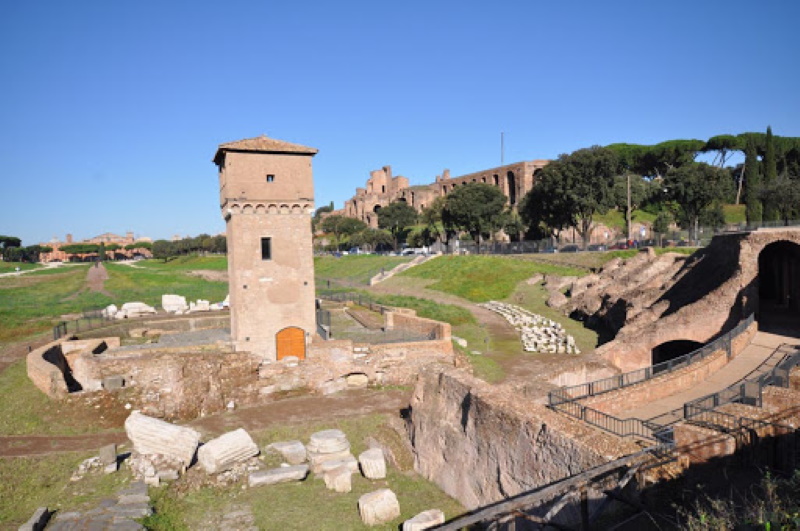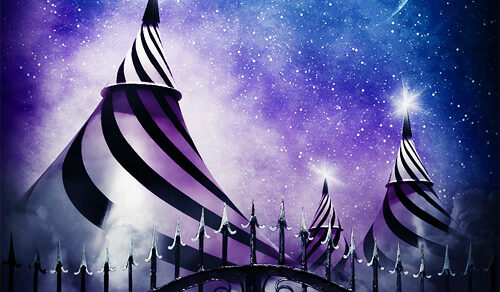Exploring the Legends of Circus Maximus Rome
Unveiling the Mystique of Circus Maximus Rome
Circus Maximus Rome has long been shrouded in legends and tales of grandeur, capturing the imaginations of historians and enthusiasts alike. This majestic ancient Roman chariot racing stadium witnessed countless thrilling races, gladiator battles, and spectacular events that brought the city to life. In this article, we embark on a captivating journey through time, unearthing the fascinating stories and historical significance of Circus Maximus in Rome.
Table of Contents
The Magnificence of Circus Maximus Rome
Circus Maximus in Rome, known as the largest chariot racing venue of its time, exuded unparalleled grandeur. Spanning an impressive 600 meters in length and 140 meters in width, it boasted a capacity to accommodate over 150,000 spectators. The vast oval-shaped arena, enclosed by tiers of marble seating, showcased the Romans’ love for thrilling spectacles and entertainment.
Ancient Legends of Circus Maximus in Rome
Circus Maximus Rome is steeped in mythical legends, one of which revolves around its creation. According to the ancient Romans, the founder of Rome, Romulus, established the Circus to commemorate the abduction of the Sabine women. It is said that Romulus organized chariot races to distract the Sabine men while the Roman men took their women as wives.
Glorious Chariot Races at Circus Maximus in Rome
Chariot races were the highlight of Circus Maximus Rome, captivating the crowds with their exhilarating speed and skill. Four factions, known as the “reds,” “whites,” “greens,” and “blues,” competed fiercely for victory, each with its own devoted fanbase. The races often caused intense rivalries and fervent support, leading to occasional riots within the city.
The Golden Era of Circus Maximus Rome

During the golden era of Circus Maximus in Rome, the stadium underwent numerous expansions and renovations, reaching its zenith of opulence. Emperor Trajan, in particular, made significant improvements to the venue, enhancing its architectural beauty and incorporating lavish decorations. The Circus served as a symbol of Roman power, displaying the empire’s wealth and grandeur to the world.
The Perils and Spectacles of Circus Maximus
Circus Maximus Rome was not just a venue for chariot races but also witnessed various perilous events and awe-inspiring spectacles. Gladiator battles and animal hunts were staged, captivating the audience with their ferocity and intensity. These spectacles often displayed the might and skill of gladiators and showcased the Romans’ fascination with bloodshed and bravery.
A Testament to Roman Society Understanding the Cultural Significance
Circus Maximus in Rome played a pivotal role in Roman society, reflecting the values, aspirations, and social dynamics of the time. The races and events served as a means of entertainment, a platform for political propaganda, and a unifying force for the people of Rome. It fostered a sense of communal identity and pride, showcasing the city’s cultural richness.
The Decline and Legacy of Circus Maximus Rome
With the fall of the Roman Empire, Circus Maximus in Rome witnessed a gradual decline. The venue fell into disrepair, and its materials were repurposed for other construction projects. However, the legacy of Circus Maximus Rome endures, as remnants of the stadium and its glorious past continue to captivate visitors and serve as a testament to Rome’s historical significance.
Unveiling the Legends of Circus Maximus Rome, a majestic ancient Roman chariot racing stadium that continues to captivate historians and enthusiasts alike. Circus Maximus in Rome, known as the largest chariot racing venue of its time, exuded unparalleled grandeur, boasting a vast oval-shaped arena spanning 600 meters in length and 140 meters in width, with marble seating accommodating over 150,000 spectators.
Steeped in mythical legends, Circus Maximus Rome’s creation is attributed to the founder of Rome, Romulus, who organized chariot races to distract the Sabine men while the Roman men took their women as wives. Chariot races were the highlight of Circus Maximus in Rome, with the “reds,” “whites,” “greens,” and “blues” competing fiercely, igniting rivalries and occasional riots. During its golden era, Circus Maximus in Rome underwent expansions and renovations, becoming a symbol of Roman power and opulence.
Conclusion Unveiling the Legends and Heritage of Circus Maximus Rome
Circus Maximus Rome stands as a testament to the magnificence and cultural significance of ancient Roman civilization. Its legends, tales of grandeur, and captivating spectacles continue to intrigue and inspire. Through its chariot races, gladiator battles, and thrilling events, Circus Maximus in Rome became an embodiment of Roman society, reflecting their love for entertainment, power, and communal identity.
Although time has taken its toll, the enduring legacy of Circus Maximus Rome serves as a reminder of the greatness that once graced the eternal city. As we explore its ancient ruins and immerse ourselves in its mythical legends, we are transported back in time, connecting with the vibrant spirit of ancient Rome and embracing the legends of Circus Maximus Rome.
Learn about: Equip yourself for success and embrace the future with a wide range of smart gadgets for students. Get yours now!


